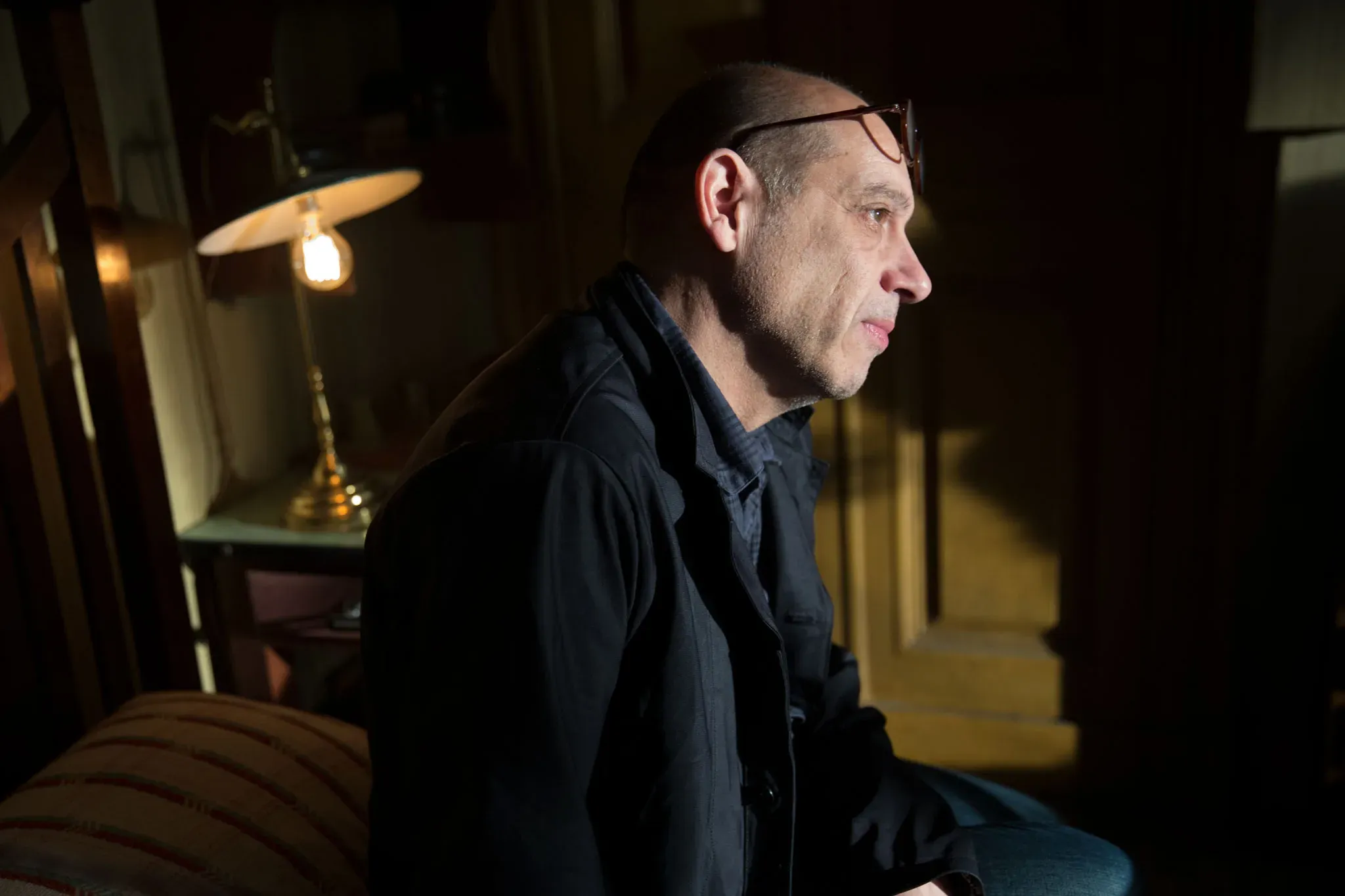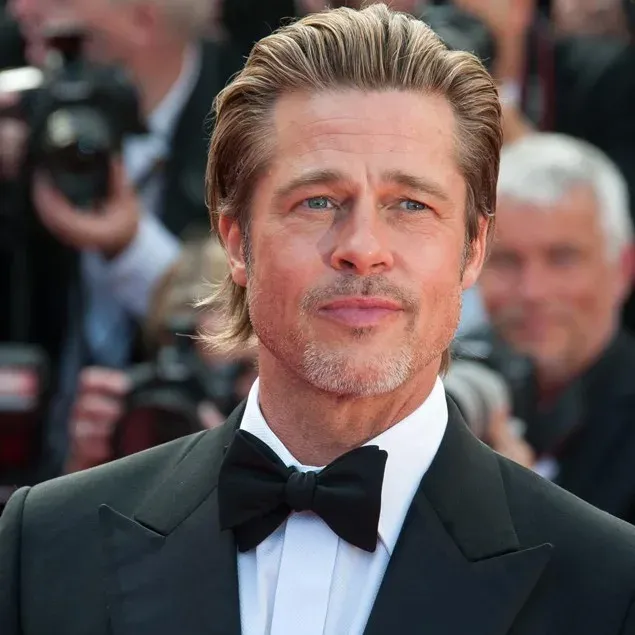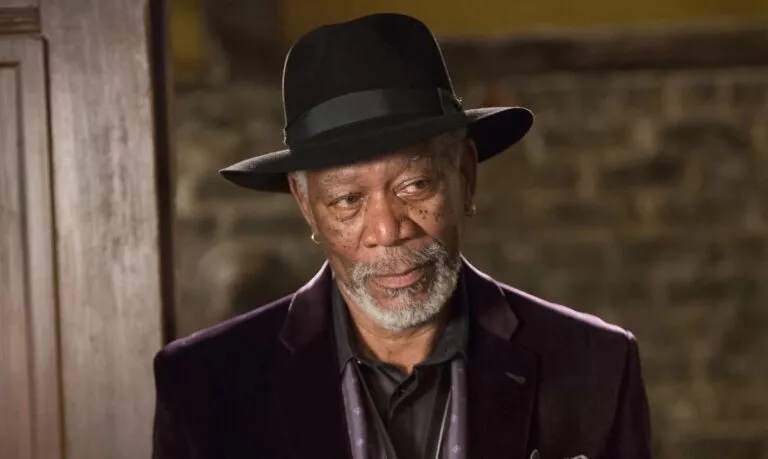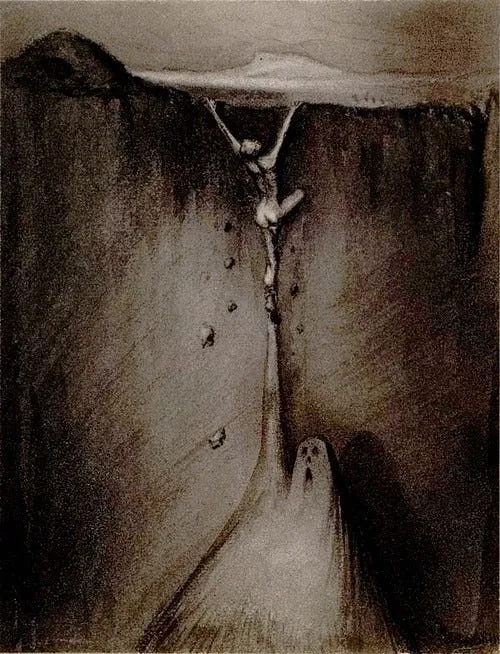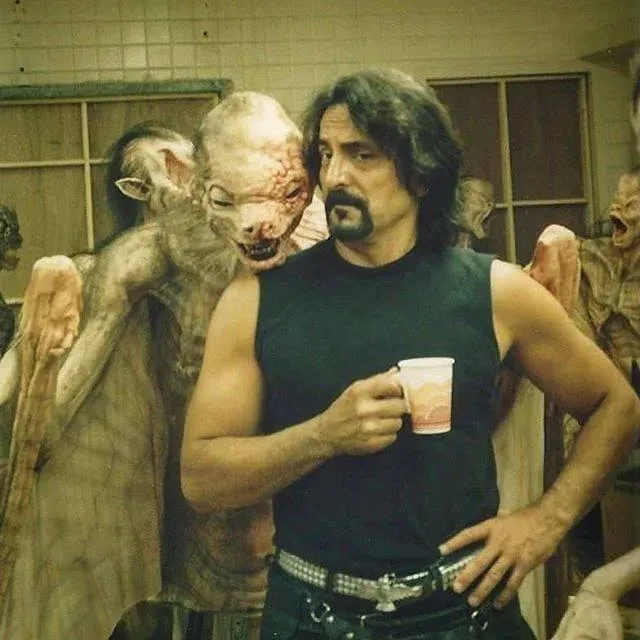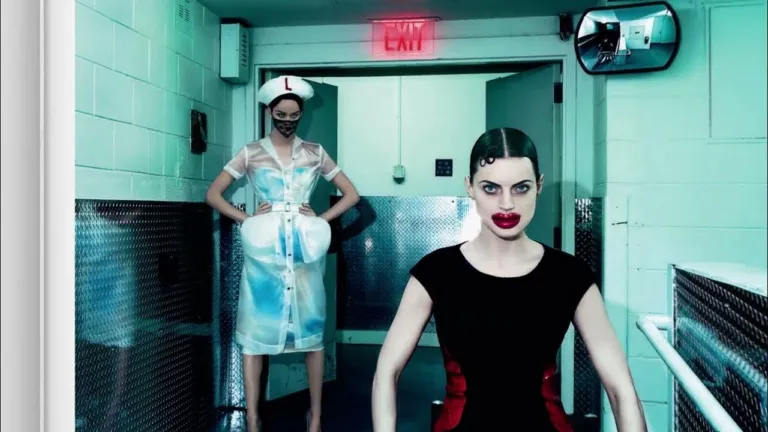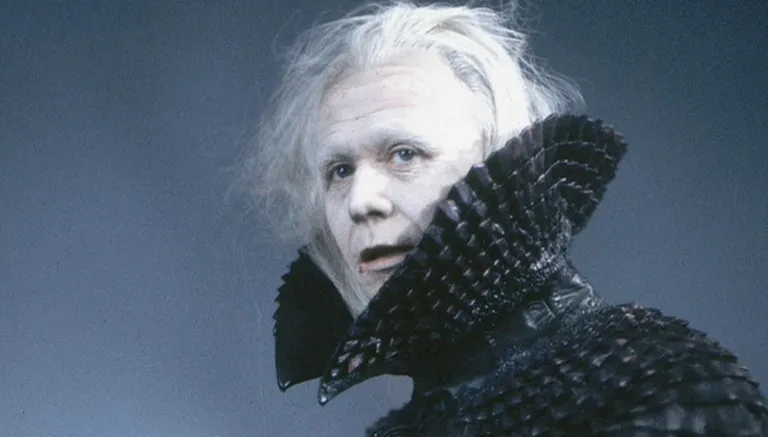Bruno Delbonnel – Refined and Innovative Cinematographer
Bruno Delbonnel – Refined and Innovative Cinematographer
Bruno Delbonnel is a refined and innovative cinematographer, among the best in contemporary cinema, known for his distinctive visual style and his ability to transform every film into a visual masterpiece. Born in 1957 in Nancy, France, Delbonnel has built a career collaborating with some of the world’s most prestigious directors, bringing his unique vision to a wide range of cinematic genres.
The Start of His Career
Delbonnel began his artistic journey by studying literature and cinema in Paris, a background that enriched his approach to filmmaking, infusing his works with a sense of poetic and visually evocative storytelling. After working in various roles in French cinema, his big break as a cinematographer came in 2001 with “Amélie” (Le Fabuleux Destin d’Amélie Poulain), directed by Jean-Pierre Jeunet.
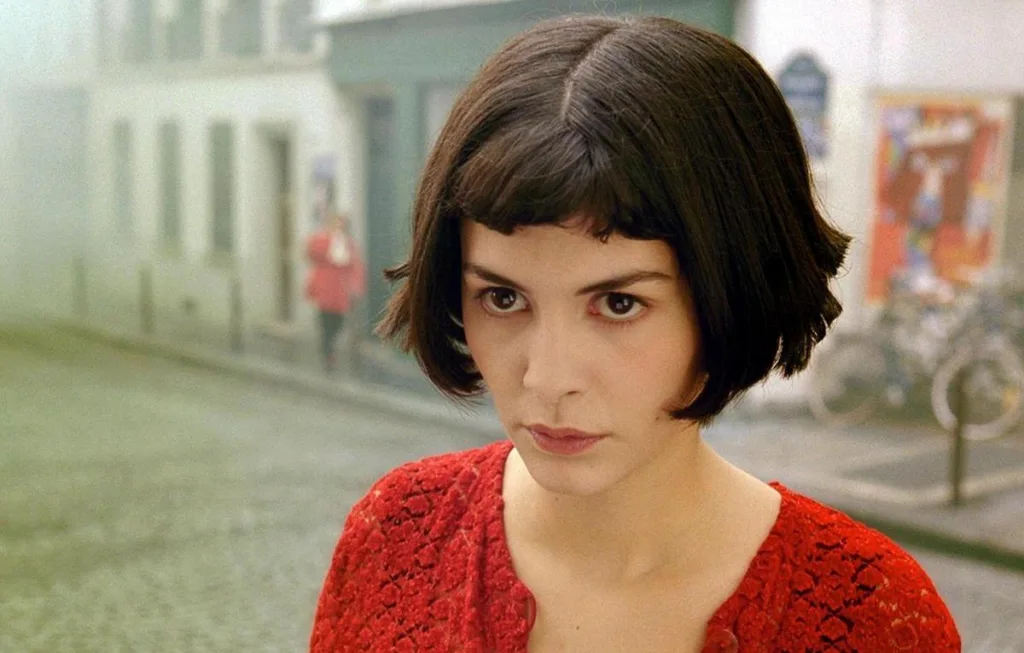
Amélie
“Amélie” represents a turning point not only in Delbonnel’s career but also in European cinema. The film, with its bold use of color, light, and shadow, showcased Delbonnel’s talent to the world. His cinematography, characterized by an exuberant and romantic use of warm tones, perfectly reflects the whimsical and surreal tone of the film. The green and golden hues that dominate Amélie’s visuals create a world that feels both familiar and magical, a place where reality and fantasy blend together. This distinctive visual style became immediately recognizable and marked the start of a career rich in experimentation and innovation.

Significant Collaborations
After the success of Amélie, Delbonnel continued collaborating with some of the world’s greatest filmmakers. He worked with Tim Burton on “Big Fish” (2003), “Charlie and the Chocolate Factory” (2005), “Dark Shadows” (2012), and “Miss Peregrine’s Home for Peculiar Children” (2016). With Burton, Delbonnel explored a gothic and surreal aesthetic, using light and color to create atmospheres that oscillate between the whimsical and the dark. His ability to adapt to the narrative and stylistic needs of the director, while maintaining his distinct touch, made these collaborations particularly fruitful.
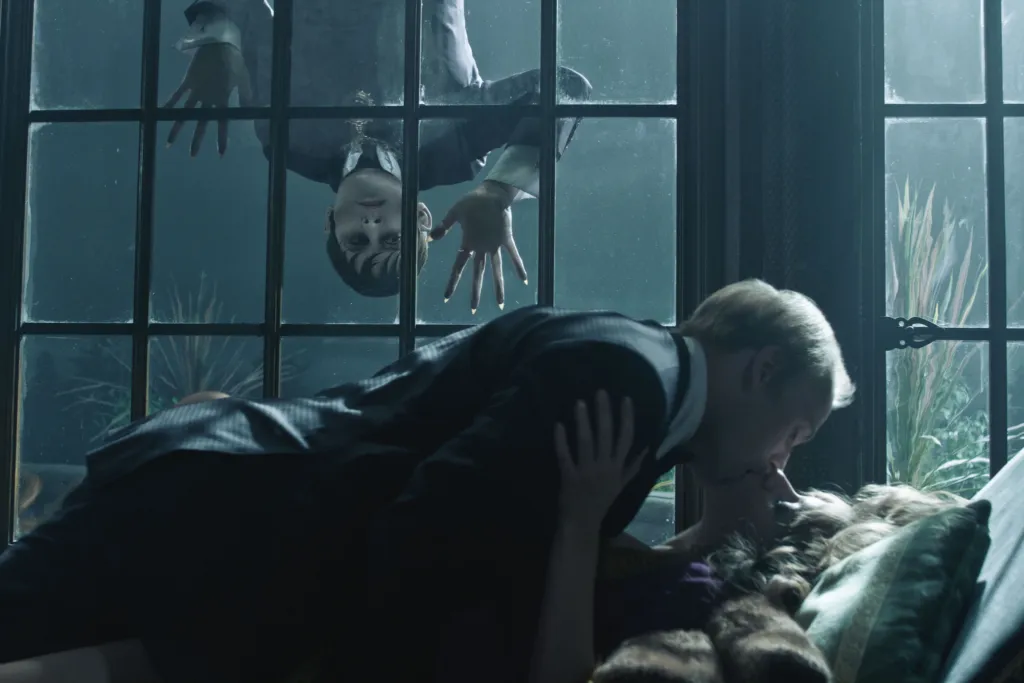
Another significant collaboration was with the Coen brothers. In “Inside Llewyn Davis” (2013), Delbonnel used a cold and desaturated color palette to evoke the melancholic world of 1960s Greenwich Village. His work in this film was praised for the ability to convey the isolation and sadness of the protagonist through masterful use of light and composition.
Delbonnel has also collaborated with directors such as Joe Wright in “Atonement” (2007) and “Darkest Hour” (2017), showcasing a versatility that allowed him to work on films set in different historical periods, each marked by a precise aesthetic and visual research.
Style and Influences
Delbonnel’s style is characterized by expressive use of color and light, which often surpasses simple realism to create cinematic worlds that reflect the inner life of the characters and the atmosphere of the narrative. His films are often saturated with intense colors, with particular attention to composition and camera movement. Delbonnel is unafraid to experiment, both with traditional techniques and the latest digital innovations, to achieve the desired effect.
Delbonnel’s influences are varied and include French and international cinema, painting, and photography. He has cited directors like Jean-Luc Godard and painters such as Edward Hopper as sources of inspiration, reflecting an artistic approach that transcends the boundaries of traditional cinema.
Awards and Impact
Over the course of his career, Delbonnel has received numerous awards, including several Oscar nominations for Best Cinematography. His ability to transform light and color into narrative tools has earned him great respect among his peers and influenced a new generation of cinematographers.
His work has left a lasting mark on contemporary cinema, demonstrating that cinematography is not just about technique but also about artistic and poetic expression. Delbonnel has created images that not only support the narrative but often become the visual heart of the film, capable of evoking deep and lasting emotions in the viewer.
Conclusion
Bruno Delbonnel is, without a doubt, one of the contemporary masters of cinematography. With a keen eye for detail and an incredible ability to evoke worlds through light and color, Delbonnel has elevated the role of the cinematographer to an art form. His career is a journey through visual innovation, marked by collaborations with talented directors and a continual search for new ways to tell stories through images. In the landscape of modern cinema, his work represents a perfect balance between technique and art, a brilliant example of how cinematography can transcend mere representation to become pure visual poetry.
 Subscribe to our YouTube channel
Subscribe to our YouTube channel
